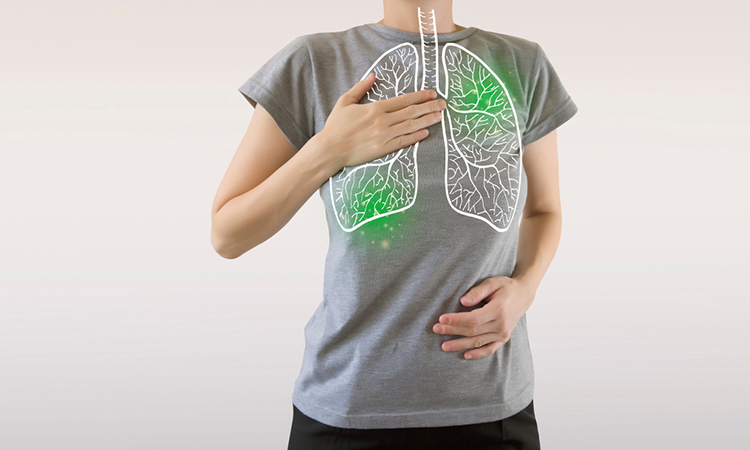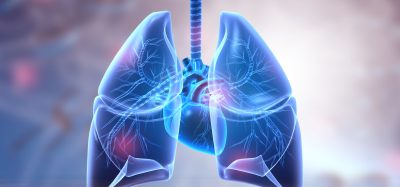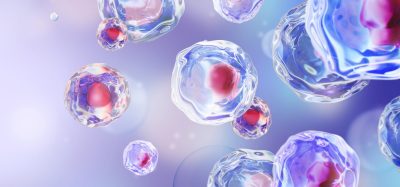Linking air pollution and lung disease
Posted: 17 May 2023 | Izzy Wood (Drug Target Review) | No comments yet
USC researchers gain valuable insights into the biological processes underlying the association between air pollution and lung disease. By unravelling the mechanisms involved, researchers are hopeful that new strategies can be developed to mitigate the adverse effects of pollution exposure and improve the prevention and treatment of related diseases.


A recent study conducted by researchers at the Keck School of Medicine of University of Southern California (USC), US, has uncovered a key biological process that may be responsible for the link between air pollution and lung disease.
The findings of the study, published in Autophagy Reports shed light on the mechanisms through which air pollution exposure can lead to diseases and offer potential avenues for better prevention and treatment strategies. The relationship between air pollution and lung disease has long been established, but the specific mechanisms behind this connection have remained elusive.
“We know that diseases, especially lung diseases, can result from air pollution exposure. What we do not know are the mechanisms by which that occurs,” explained Dr Edward Crandall, Professor of Pathology and Director of the Will Rogers Institute Pulmonary Research Centre at the Keck School of Medicine.
The team focused their research on a cellular defence process called autophagy, which is responsible for the elimination of damaged or abnormal internal materials within cells. They discovered that exposure to ambient nanoparticles, which are small pollutants present in the air, hampers the cells’ ability to defend themselves against other potential harms.
It was found that when cells are exposed to nanoparticles, the activity of autophagy reaches an upper threshold beyond which it cannot further defend the cells. “The implication of these studies is that autophagy is a defence mechanism that has an upper limit, beyond which it cannot defend the cell any further,” stated Crandall.
To investigate this phenomenon, the researchers conducted tests using lung adenocarcinoma cells. The cells were exposed to nanoparticles, rapamycin (a chemical that stimulates autophagy), or both. In all cases, autophagy activity reached the same upper threshold and did not increase further. This suggests that cells lack the ability to boost autophagy to protect against other dangers, such as smoke inhalation or infections, which may explain why air pollution increases the risk of various lung diseases.
They also developed a novel method to study autophagy. They utilised fluorescent dyes and confocal microscopy, a powerful imaging technique, to observe the level of autophagy within individual cells in real-time. This method will support future studies on autophagy and contribute to ongoing research on cancer treatment, as autophagy plays a role in cancer cell resistance.
Understanding the underlying mechanisms of diseases provides opportunities to intervene and develop targeted prevention and treatment strategies. “The more we know about the mechanisms by which diseases occur, the more opportunity we have to find places in the pathway where we can intervene and prevent or treat the disease,” concluded Crandall.
Moving forward, plans to conduct further research to investigate whether the addition of nanoparticles directly increases cell vulnerability to other threats, such as infections. The researchers will explore this link in both healthy cells and cancer cells, aiming to expand our knowledge of autophagy and its implications for disease development.
Related topics
Imaging
Related conditions
Lung disease
Related organisations
Keck School of Medicine of University of Southern California (USC)
Related people
Dr Edward Crandall







